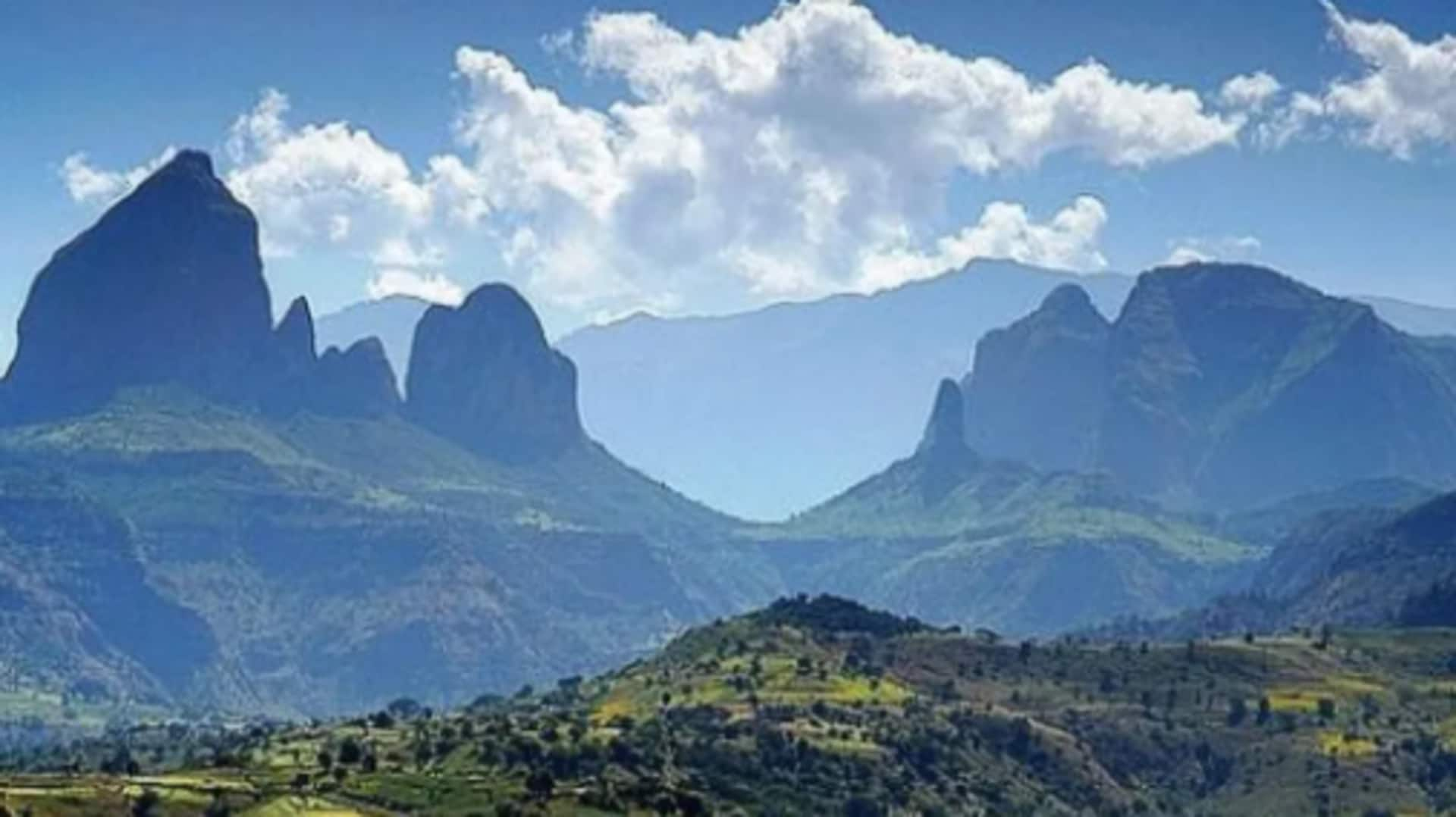
Trekking the Ethiopian highlands: A guide
What's the story
The Ethiopian Highlands, often referred to as the Roof of Africa, provide trekkers with a unique opportunity to explore the ancient trails of Africa. This mountainous region is not just famous for its stunning landscapes but also for its rich history and culture. Trekking through these highlands allows adventurers to experience the diverse ecosystems and traditional communities that have existed for centuries.
#1
Discovering ancient trade routes
The Ethiopian Highlands are home to several ancient trade routes that were once used by merchants to connect different parts of Africa. These trails provide a glimpse into the past, as trekkers walk on paths that were once bustling with activity. The routes often pass through remote villages where traditional ways of life are still preserved. Exploring these trails gives insight into historical trade practices and cultural exchanges that shaped the region.
#2
Exploring diverse ecosystems
The highlands boast a range of ecosystems, from lush forests to arid plateaus. Each area has its own unique flora and fauna, making it a paradise for nature lovers. Trekkers can witness diverse wildlife, including endemic species found nowhere else on the continent. The varying landscapes also provide opportunities for different trekking experiences, from challenging climbs to leisurely walks through scenic valleys.
#3
Engaging with local communities
Trekking in the Ethiopian Highlands gives you a chance to meet local communities who have lived in harmony with their environment for generations. Interacting with these communities gives you a chance to learn about their customs, traditions, and daily lives. Many villages welcome trekkers warmly, giving them an insight into local culture through traditional ceremonies or craft demonstrations.
Tip 1
Tips for planning your trek
When planning a trek in the Ethiopian Highlands, consider factors like the best time to visit, weather conditions, and necessary permits or guides required for specific trails. It's essential to pack appropriately for varying climates encountered during your journey—from warm days at lower altitudes to cooler temperatures at higher elevations—and ensure you have adequate gear for hiking on rugged terrain.